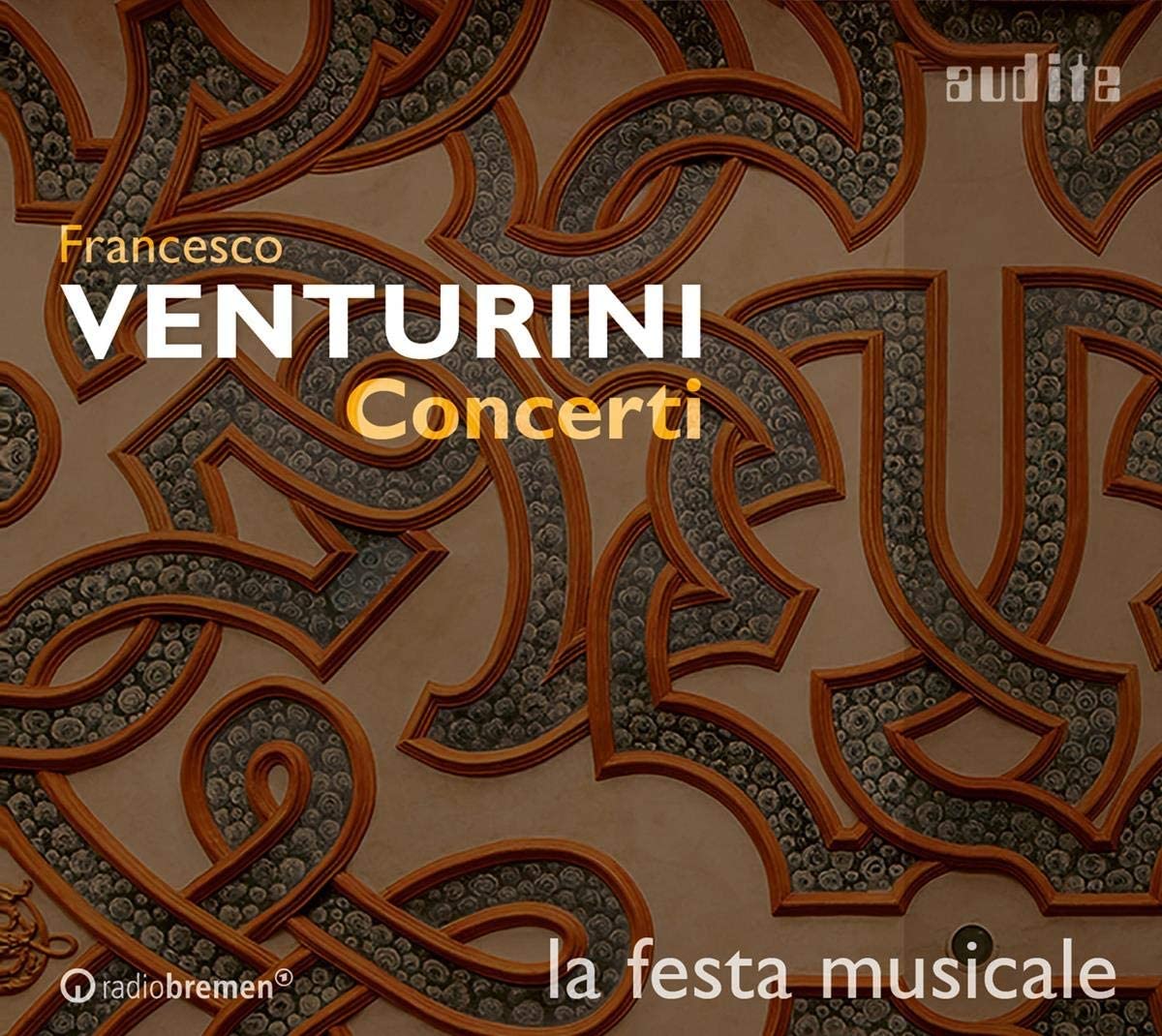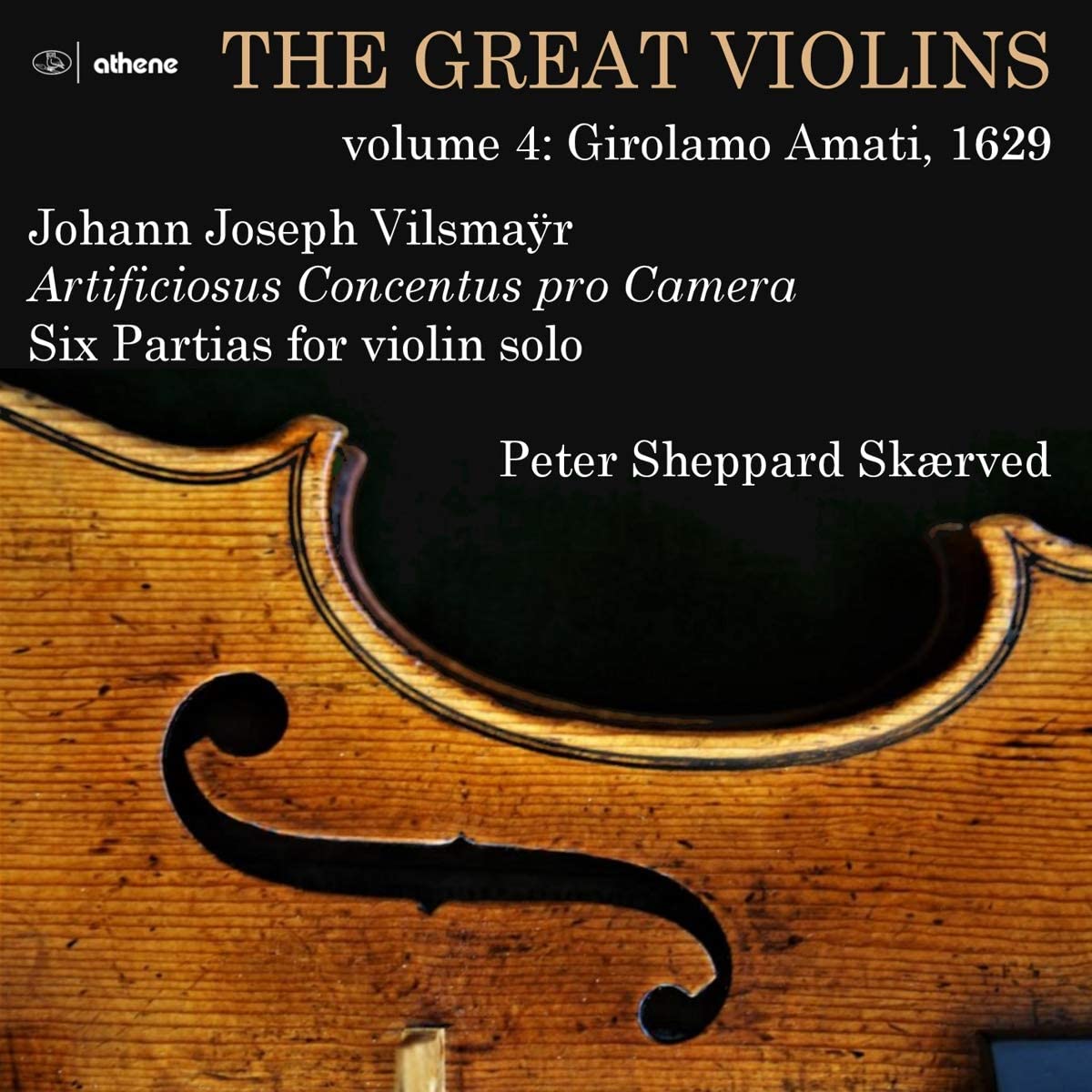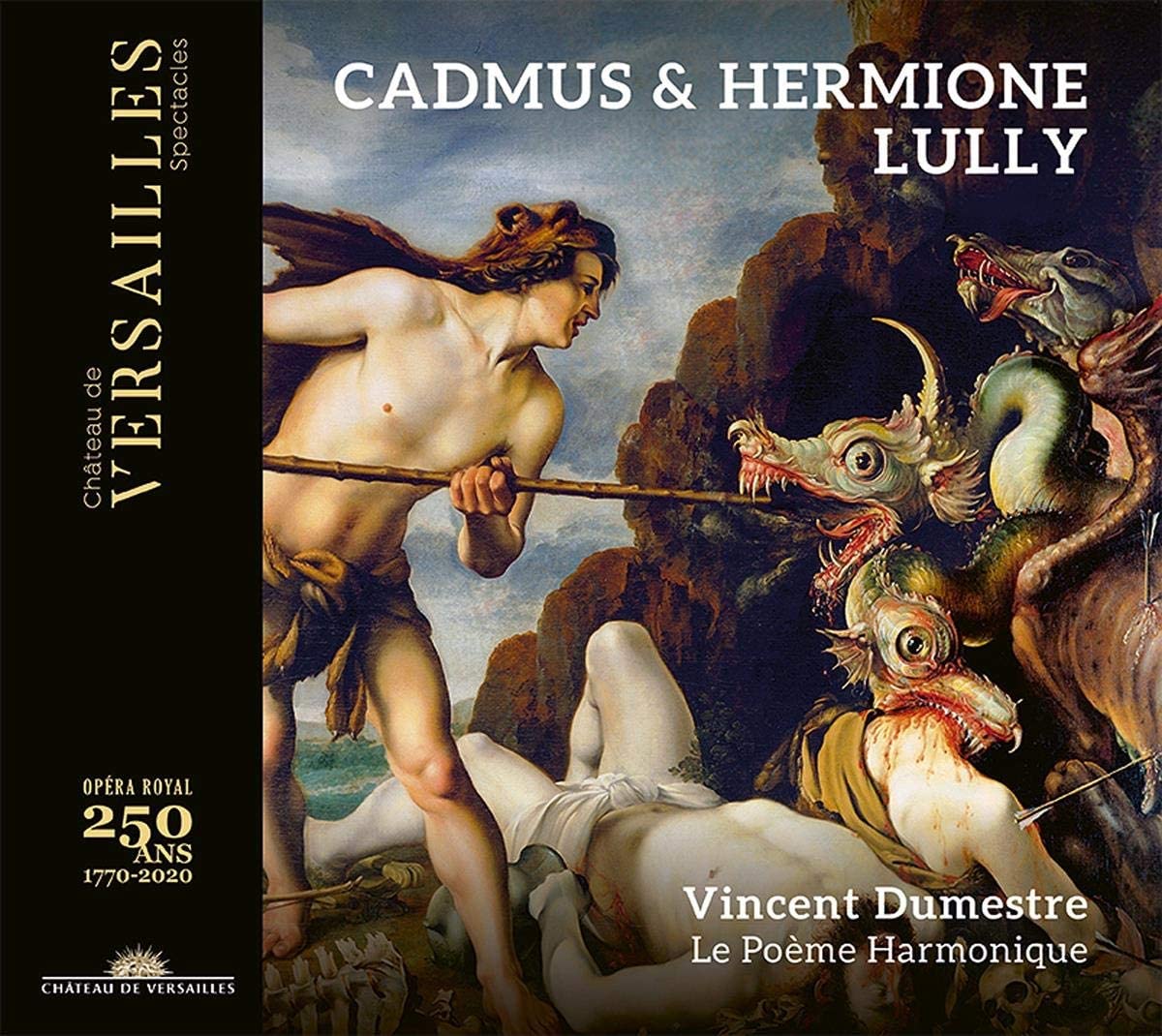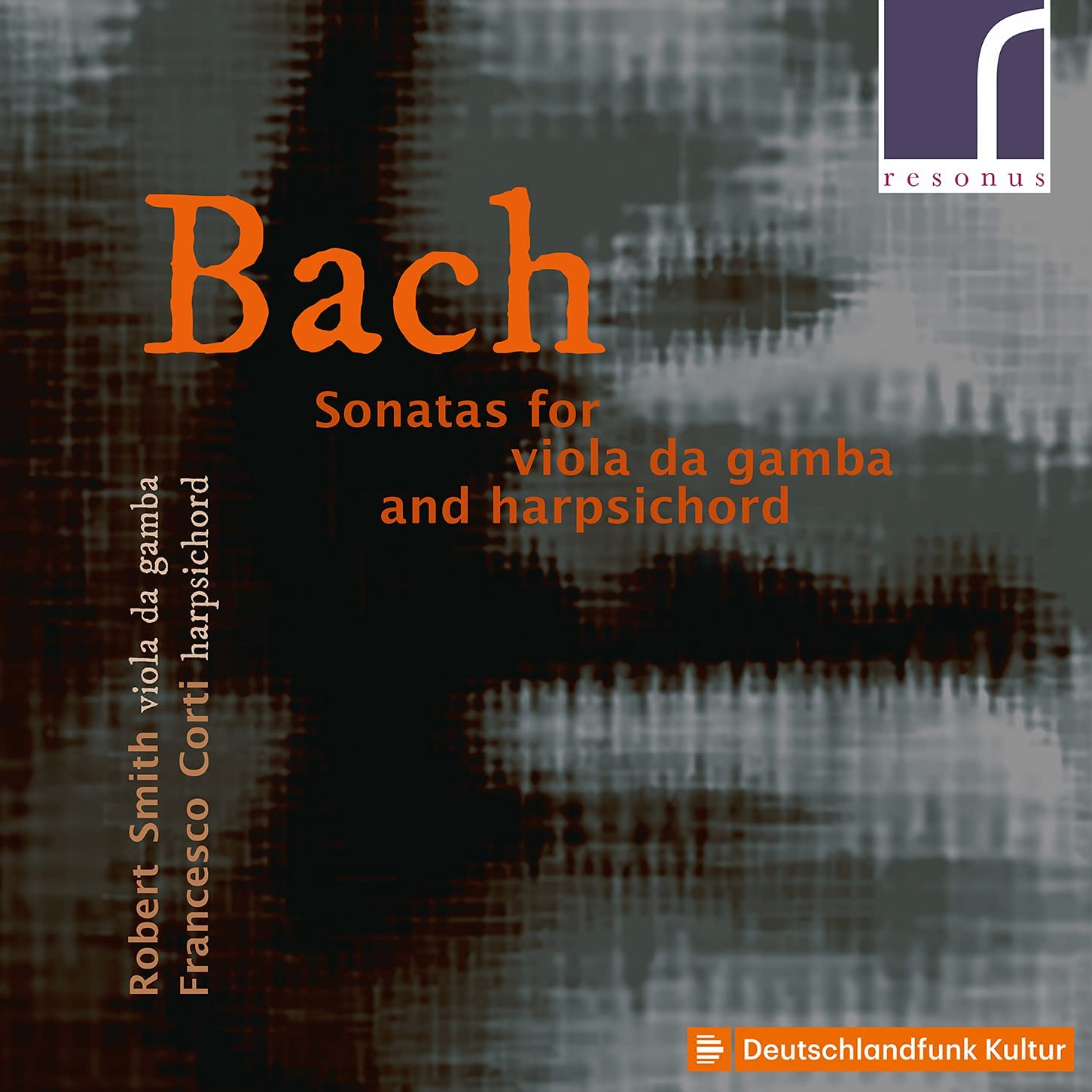Diego Salamanca lute
77:24
Seulétoile SE 01
Click HERE to buy this on amazon.co.uk (Digital Download only)
[These sponsored links help the site remain alive and FREE!]
Diego Salamanca’s charming CD opens with the well-known Ouverture in B flat (SC4) of Sylvius Leopold Weiss (1687-1750). This piece survives in the two major sources of Weiss’s music: the London manuscript, Lbl Add. MS 30387, and the Dresden manuscript, Sächsische Landesbibliothek, MS Mus. 2841-V-1. The British Library has made their manuscript freely available online, and all the music Salamanca takes from it is transcribed into staff notation by Ruggero Chiesa in his Weiss anthology, Intavolatura di Liuto published back in 1968.
The Ouverture begins with a bright, optimistic chord of B flat major, and progresses with slow-moving chords interspersed with little bursts of single-line melody notes, ending with a cadence in the dominant (F major). There follows a brisk Allegro, which has the same rhythmic idea throughout – each new voice enters with three repeated up-beat quavers. Presumably to draw attention to a new entry of the theme, Salamanca often (mercifully not always) hesitates a moment before those repeated notes, yet there is no need for him to do so. The music is composed in a way which allows each new entry to be clearly heard, and those little hesitations interrupt the flow, albeit only a little. The piece ends with a short Largo, which has just six chords – each played three times and followed by a single-note semiquaver – followed by a descending passage of semiquavers leading to the hemiola of the final cadence.
From the Dresden manuscript Salamanca plays Weiss’s Sonata in G minor (SC51). This sonata lacks a prelude and a sarabande, so Salamanca adds Prelude (SC25) which precedes the Sonata in the manuscript. The Prelude consists of broken chords over a slow-moving bass, which Salamanca plays with suitable gravitas. There is a surprising moment where the music pauses in the middle for a full four seconds before continuing. He also includes the lovely Sarabande (SC49) in B flat (the relative major of G minor), which has some unexpected moments including touches of chromaticism. He picks a lively tempo for the Courante, Bourrée, and Polonaise. I like the clarity of his playing, and the way he gives phrases direction. The long, slow Allemande is especially delightful. The Sonata ends with an impressive, fast, gigue-like Presto.
There follows Fantaisie in C minor (SC 9) taken from the London Weiss manuscript. The first section has no bar-lines in the original, and consists entirely of quavers over a slow-moving bass. There is a pleasing amount of give and take from Salamanca as it builds up intensity, arriving at a lengthy dominant – 60 quavers in all over a pedal bass – and cadencing into the second section. This section does have bar-lines, has a stricter tempo, and is more fugal in character. There is a note in the manuscript at the end of the piece: ”Weis 1719 a Prague”.
The CD ends with Weiss’s Sonata in G major (SC22) from the London manuscript. The opening Prelude begins with eight chords, all with G in the bass, and with the four notes of each chord notated one on top of the other. In this performance each chord is broken into eight semiquavers, and Salamanca varies the order in which he arpeggiates them. There follows a passage in D major with a rising bass line and with c’# heard seven times as a lower auxiliary to d’; but when a chord of A major is firmly established, c’ naturals suddenly kick in, the bass works its way downwards, and the piece ends with a two-octave scale of G major. The scene is set for the Toccata and Fugue. The fugue is quite long, moving mainly in quick crotchets, with some interesting modulations to related keys. It is interspersed with short sequential passages in quavers where scrunchy dissonances are satisfyingly resolved. The excitement winds down at the end with a brief Adagio. The last movement is a bustling Allegro, where Weiss makes good use of the low 12th and 13th courses. He is given the credit for having these added to the 11-course lute round about 1719.
Salamanca’s lute has 13 courses, and was made by Maurice Ottiger. The treble notes are strong, but the bass are a little on the quiet side, which may be due more to the recording engineer than to the maker or player. The recording was made in the Donjon de Vez in Oise, France, which Salamanca says has an excellent acoustic for lutes. A few of the paintings from the Donjon’s modern art exhibition brighten the pages of the liner note booklet.
Stewart McCoy









